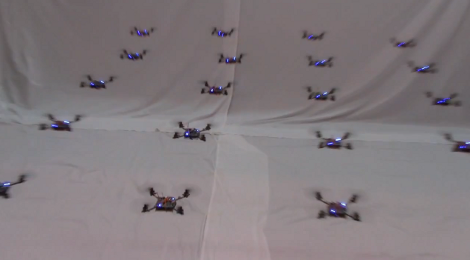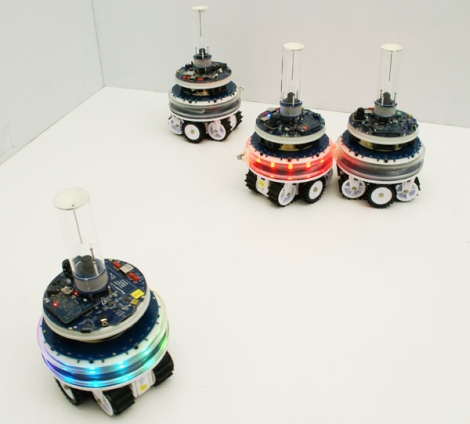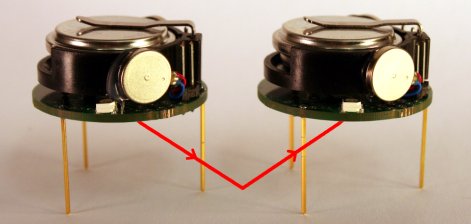Using drones in areas of conflict is not something new. As commercial drones get easily affordable, we see it all the time in the news, some soldier using a Parrot drone to scout ahead, above trenches or around buildings. That’s a new reality that soldiers have to get used to. It changes the battlefield, especially traditional ground warfare. There is also research in drone swarms, performing tasks in team for some time now. Some of them are really impressive.
And then there’s the U.S. Military Perdix drones. William Roper of the Department of Defense illustrate what exactly their capabilities are:
Due to the complex nature of combat, Perdix are not pre-programmed synchronized individuals, they are a collective organism, sharing one distributed brain for decision-making and adapting to each other like swarms in nature. Because every Perdix communicates and collaborates with every other Perdix, the swarm has no leader and can gracefully adapt to drones entering or exiting the team.
Did we mention they can be released in mid-flight by a F/A 18 Super Hornet? That’s no piece of cake for any drone but Perdix is able to withstand speeds of Mach 0.6 and temperatures of -10 °C during release. In the latest tests conducted, three jets released a massive swarm of 103 Perdix drones, which after deployment communicated with each other and went on a simulated surveillance mission.
The Department of Defense announced the successful Micro-Drone demonstration and presented a video:

















